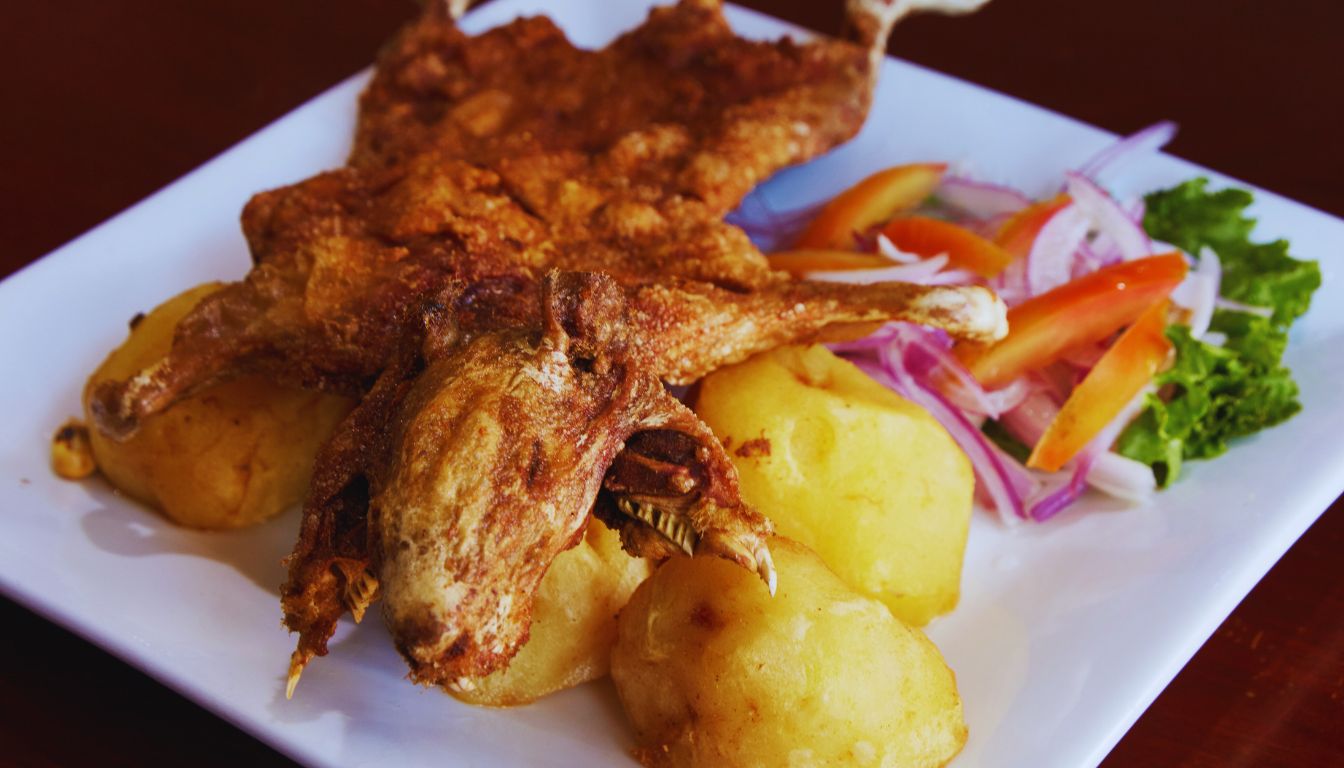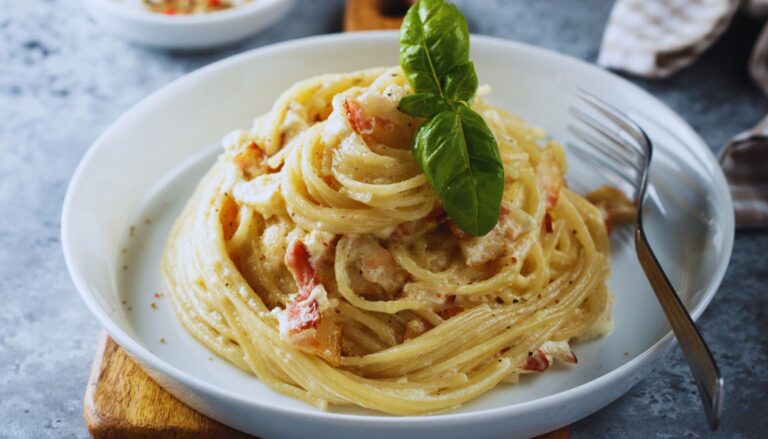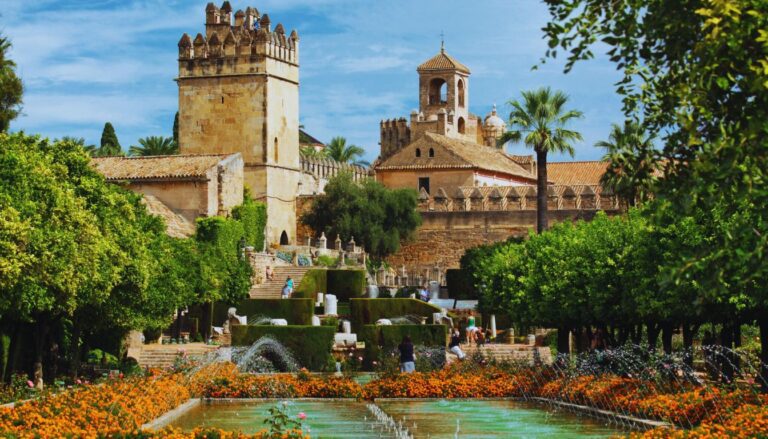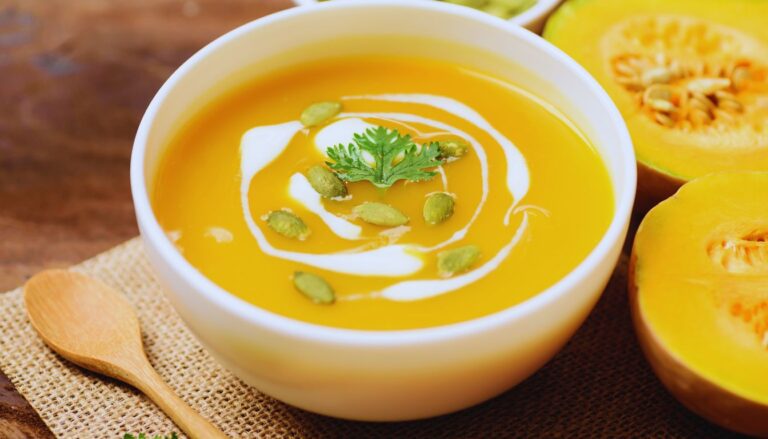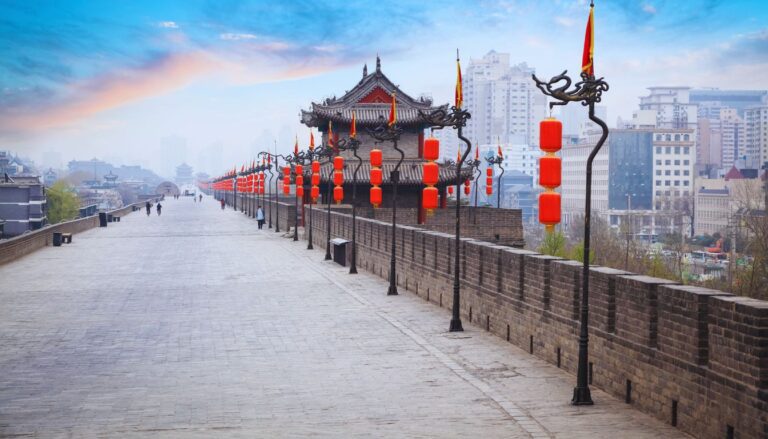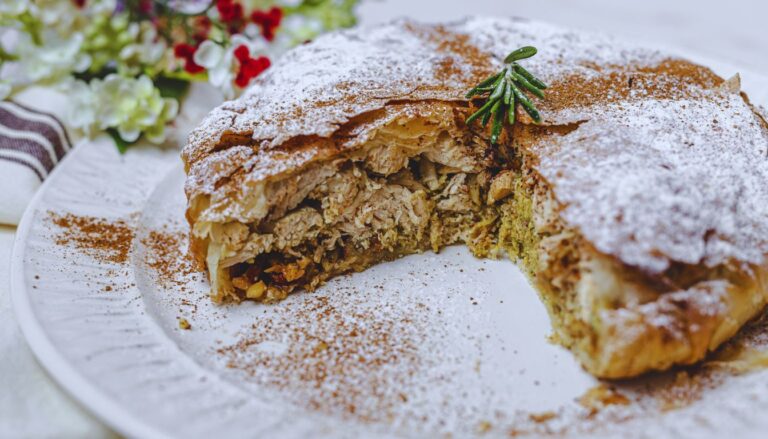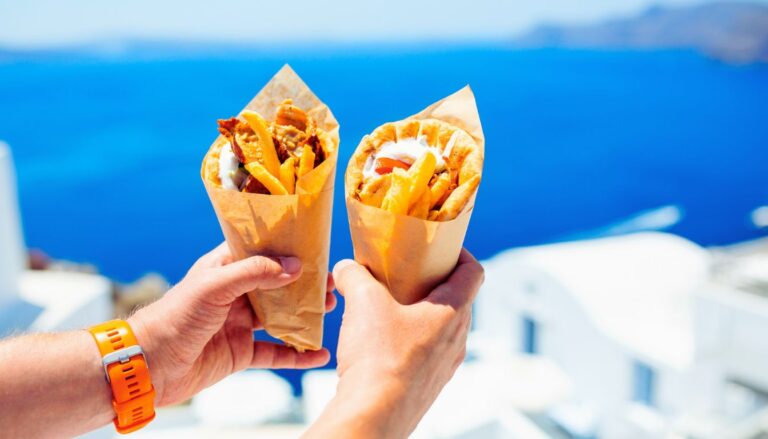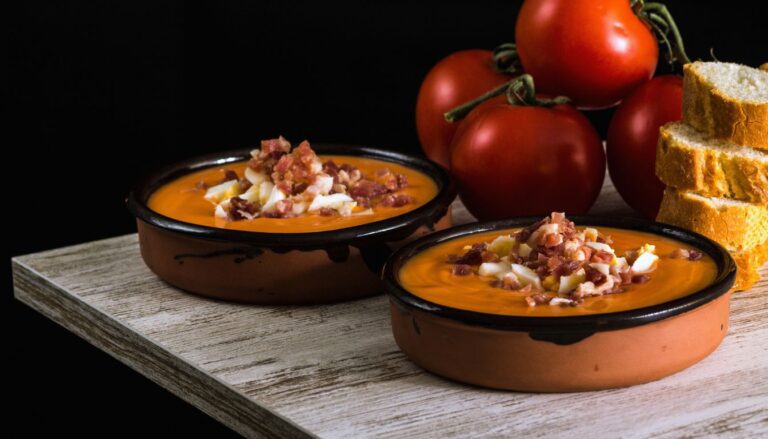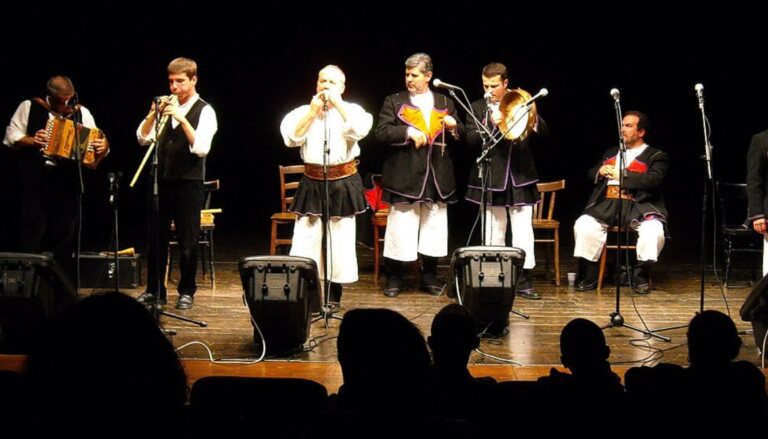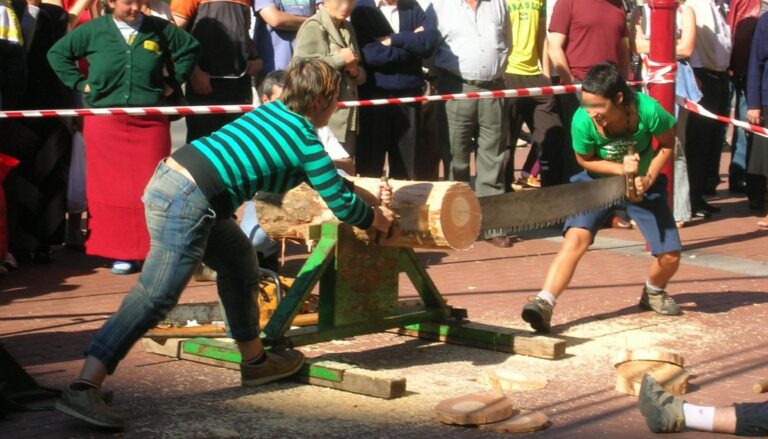Cuy, Cusco Peru
In the ancient streets of Cusco, where Incan heritage meets colonial architecture, a traditional delicacy continues to hold profound cultural significance. Cuy, known to the Western world as guinea pig, transcends its role as mere sustenance to embody centuries of Andean tradition, ritual, and celebration. This prestigious dish, once reserved for Incan nobility, remains a testament to Peru’s living cultural heritage in the former imperial capital of Cusco.
Table of Contents
Historical and Cultural Significance
The history of cuy in Andean culture stretches back over 5,000 years, with archaeological evidence showing domestication as early as 5000 BCE. In pre-Columbian times, cuy held a sacred status among the Inca:
- Served as offerings to the gods during religious ceremonies
- Featured in important artwork and ceramics
- Used by traditional healers for diagnostic purposes
- Symbolized status and wealth among nobility
Today, cuy maintains its cultural importance in Cusco and throughout the Andes. It’s traditionally served at important festivals, weddings, and religious celebrations. The dish appears in famous religious paintings in Cusco’s Cathedral, including a notable representation of The Last Supper, where cuy is featured as the main dish – a powerful symbol of the fusion between Andean and Catholic traditions.
Ingredients and Preparation
The preparation of cuy is an art form passed down through generations, requiring specific techniques to achieve the perfect result:
Traditional Preparation Methods:
- Carefully cleaned and prepared with native herbs
- Stuffed with local herbs such as:
- Muña (Andean mint)
- Huacatay (black mint)
- Native aromatics
Common Cooking Styles:
- Cuy al Horno: Roasted in traditional clay ovens
- Cuy Chactado: Pressed and fried until crispy
- Cuy al Palo: Roasted on a spit over an open fire
Traditional Accompaniments:
- Andean potatoes
- Choclo (large-kerneled Andean corn)
- Rocoto relleno (stuffed spicy peppers)
- Aji (traditional pepper sauce)
Where to Try It
Cusco offers various establishments where visitors can experience this traditional dish:
Traditional Restaurants:
- Pachapapa: Located in San Blas neighborhood, offering traditional preparation
- Kusikuy: Specializes in cuy al horno
- La Cusqueñita: Popular with locals, features folk dancing
- Quinta Eulalia: One of the oldest traditional restaurants in Cusco
Regional Locations:
- Sacred Valley towns like Pisac and Urubamba
- Traditional Sunday markets in Chinchero
- Family-run picanterías in San Jerónimo
Eating Etiquette and Customs
Understanding local customs enhances the dining experience:
- Cuy is typically eaten by hand, though utensils are provided
- The dish is often shared among family members
- It’s considered respectful to try all parts of the dish
- Traditional blessing or toast may precede the meal
- Photographing is acceptable but ask permission first
Seasonal Considerations
While cuy is available year-round, certain times offer unique experiences:
- Festival Season (June-August):
- Corpus Christi celebrations
- Inti Raymi festival
- Traditional agricultural festivals
- Peak Tourist Season (June-September):
- More restaurants offering the dish
- Special cultural demonstrations
- Higher prices and need for reservations
Modern Interpretations
Contemporary chefs in Cusco are reinventing this traditional dish while respecting its cultural significance:
- Fusion preparations incorporating international techniques
- Gourmet presentations in upscale restaurants
- Modern cooking methods maintaining traditional flavors
- Creative accompaniments using local ingredients
Practical Information and Travel Tips
Planning Your Culinary Experience:
- Reserve at least 24 hours in advance at most restaurants
- Best times to dine: 12:00-15:00 for lunch service
- Average cost: 60-120 soles ($15-30 USD)
- One portion typically serves 1-2 people
Health and Safety:
- Choose well-established restaurants
- Ensure proper food handling practices
- Inform staff of any dietary restrictions
- Stay hydrated at Cusco’s high altitude
Cultural Sensitivity:
- Learn basic Quechua or Spanish phrases
- Show respect for the cultural significance
- Ask permission before taking photos
- Express gratitude for the experience
Making Your Cuy Experience Memorable
Approach this traditional dish with an open mind and cultural respect. Take time to learn about its significance from local hosts and chefs. Consider visiting during a traditional festival to experience the dish in its full cultural context. Remember, you’re not just tasting food – you’re participating in a centuries-old tradition that continues to hold deep meaning for the people of Cusco.

